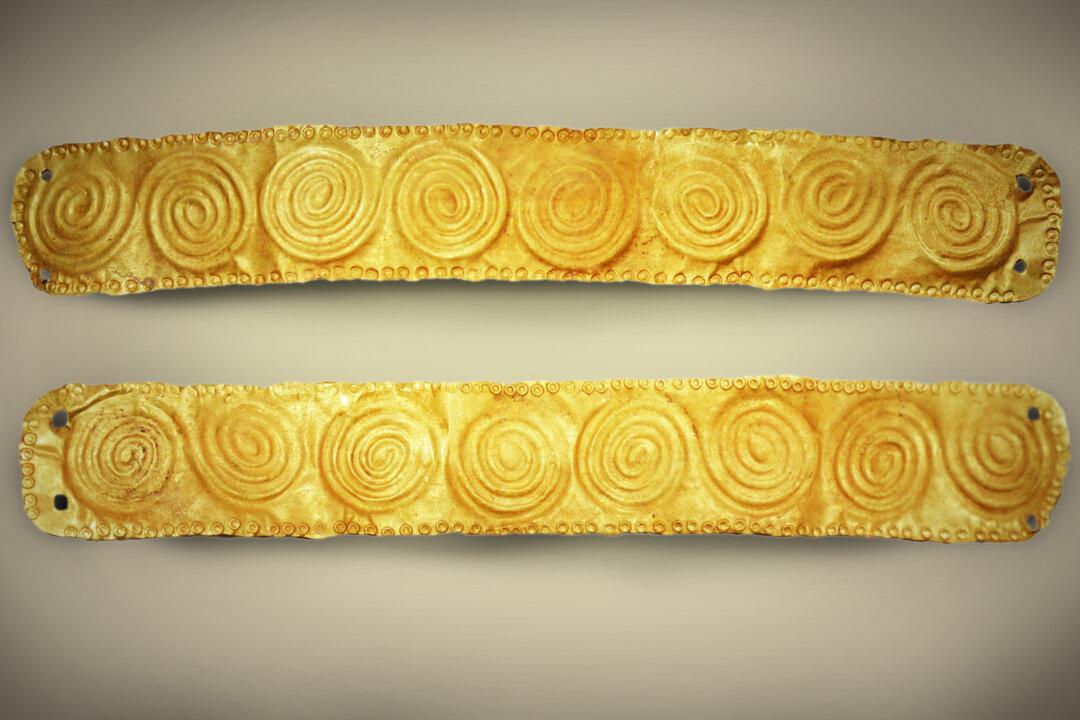The 2018 discovery of two ancient tombs located in the Bronze Age city of Hala Sultan Tekke, in Cyprus, led to an excavation that recently revealed some 150 fragile skeletons, gold jewelry, gemstones, and other artifacts—pointing to a thriving trade center dating back to the time of Egyptian Queen Nefertiti over 3,000 years ago.
Archeologists from the New Swedish Cyprus Expedition, since 2010, have conducted several rounds of excavations and in 2018 discovered two underground chambers containing the skeletons of 155 individuals. The delicate bones, buried in salty soil for over three millennia, required careful work over the course of four years.






